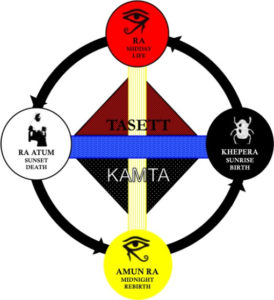Ancient BaNtu Connection (Part II)
A few years back I visited Jamestown and Williamsburg, VA where the Williamsburg Museum actually acknowledge how the first Africans on North American shores were from the Kongo Angolan region. For those of you who don’t know and are new to my blog, the Kongo people prior to be taken to the Americas were not forced into Christianity. Many of them willingly converted to the new faith before the start of the Maafa (the Africa Slave Trade/Holocaust). At the Williamsburg Muesuem they actually have a Kongo rosary from the late 1600s or early 1700s. The interesting thing about this rosary was that it didn’t have Jesus on it but instead Queen Nzinga. (I wish I could have taken a picture…I really tried and even tried sketching it but lost the drawing). It was a clear fact, that the Kongo people actually Africanized Christianity prior to their arrival. So this year my family reunion is in Atlanta, GA and I hope to visit Savannah, GA to see the First African Baptist Church.
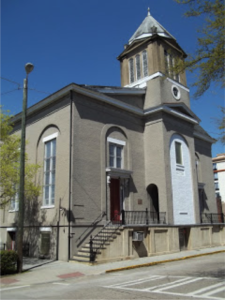
First African Baptist Church was built in 1775. It claims to have been the first church originally founded in 1773, but it is contested by First Baptist of Virginia. My interests in this church is that this is where the Kongo floor diagram was found.
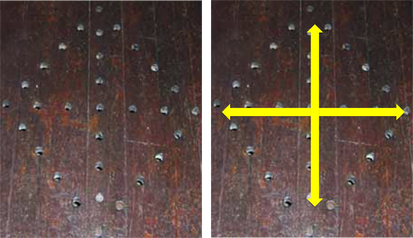
According to historians, the church was also on one of the stations on the Underground Railroad. Escapees were hidden under the church and the holes in the floor boards acted as vents. It appears that in typical African thinking to identify where the runaways were they marked the spot with an X.

But, I was wondering if there were more signs of the Kongo influence that have gone unnoticed. Since the money to build the church was donated by slaves who were saving to purchase their freedom and everything was hand built by them also.
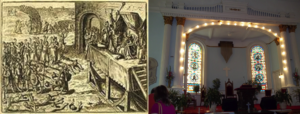
A look at Fist African Baptist sanctuary is very similar to the Kongo court. Can you see the Kongo Upper Land and how it was converted using the archway?
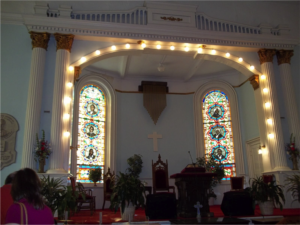
The lights above give an allusion that something glorious is taken place, while something within is sacred. This is where the idea appears to have originated from.
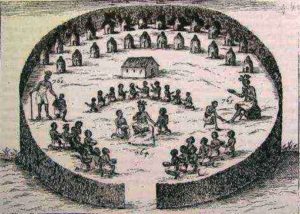
Notice how the enclosure begins or opens up at the bottom, which is the Musoni and Amun Ra moment.
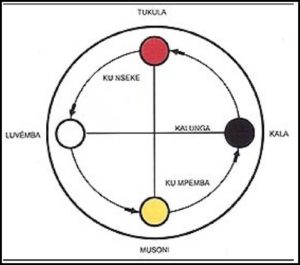
If you will recall, the Kongo Cross or Cosmogram begins from the Musoni moment as well.
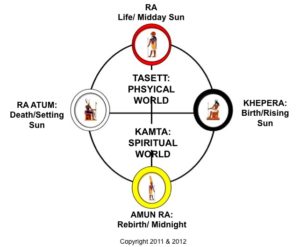
Also, in the Kamitic / Kemetic traditions, Amun Ra is said to be the True Creator. Correction, not Creator but the Originator because the Kamitic thinkers liked to personify concepts in order to better understand them. Amun Ra as you can see is not a god nor is he The God. The God in the Kamitic / Kemetic language was called Nebertcher or “Lord of Everything”. Amun Ra we see simply means the Hidden Ra (Energy or Force). Now, a closer look behind the pulpit of First African Baptist and there are stain glass windows of their pastors.
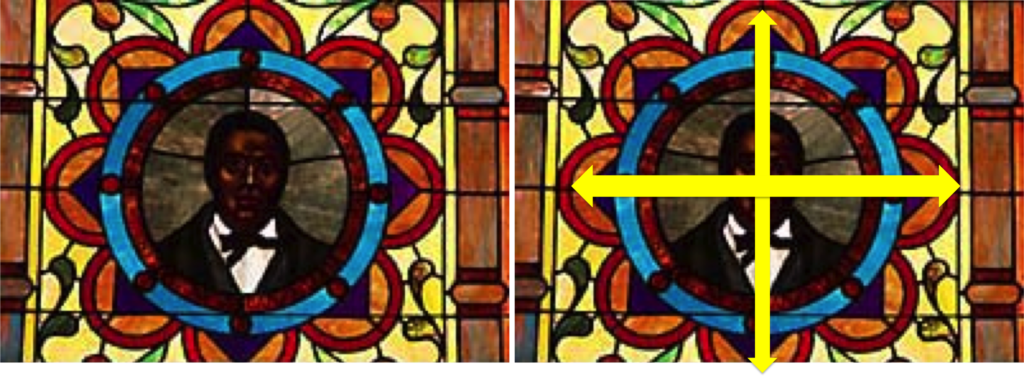
Notice how it forms a cross, but here’s where it stretches back to Kamit/Kemet (Ancient Egypt). Notice that there are nine marks or small discs encircling the image. Again, it should be noted that these were made around the late 1700s and early 1800s by ex-slaves and enslaved African Americans.
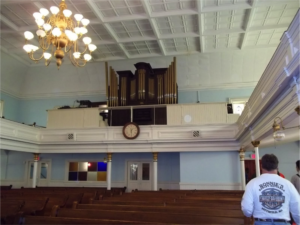
This same number also appears in the patchwork ceiling, which resembles a quilt.
The number nine is a sacred number in Kamit/Kemet because it refers to the Kamitc Tree of Life also called the Paut Neteru, which was introduced by Ra Un Nefer Amen in his Metu Neter series. The number nine is also sacred in various African traditions as it refers to the gestation period and thus the completion of a cycle. When you look at the ceiling you see that each segment is composed of nine smaller segments. It is another way of drawing the Kongo Cross using diamonds and squares. It basically is another illustration of an individual’s life term.
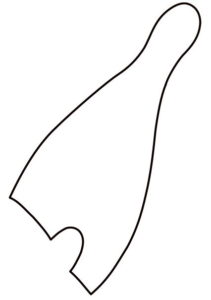
The fact that the ceiling is white gives another meaning, which reveals African cosmology at its best in North America. This is because remember, the color white in African thinking symbolizes the ancestral dead. Remember, this is a symbolic concept that early Africans as far back as Kamit / Kemet created, which is why Osar’s (Asar, Ausar, Osiris in Greek) is known as the Lord of the Dead (Ancestors). The name of Osar’s backbone or column is called djet, the symbol of strength. Even the root term of Osar’s crown ‘djet’ refers to inner strength. Are you starting to see the picture?
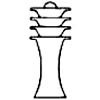
When we put together the color white with the concept of completed cycles on the ceiling. What we have here is the Kongo Cross turned upside down. The larger squares symbolize those who completed their cycle in the land of the living. That’s right. What we have above is an African view of Heaven. Where one would hope to die and see their deceased loved ones, but there’s a double meaning. This means the reason the pastors each have nine marks surrounding their image is because the Africans found another way of honoring those who lived a full term.
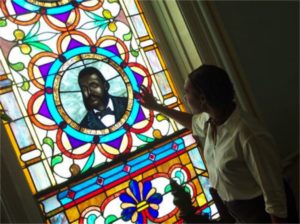
The other meaning or I should say the most important interpretation is that the ancestors above are looking over (protecting) their descendants, thus the church itself has just become a Kongo Cross or Maa Aankh, and in case you’re wondering. Above the ceiling of course is where the Almighty God Nebertcher or Nzambi is imagined to be over it all, hence the Lord of Everything.
The other meaning or I should say the most important interpretation is that the ancestors above are looking over (protecting) their descendants, thus the church itself has just become a Kongo Cross or Maa Aankh, and in case you’re wondering. Above the ceiling of course is where the Almighty God Nebertcher or Nzambi is imagined to be over it all, hence the Lord of Everything.
Of course, all of this is just my theory but, when you look at the floor of the sanctuary, which is red or reddish brown.
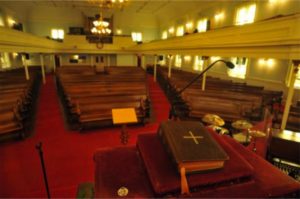
What comes to my mind is the land of the living or TASETT on the Maa Aankh.
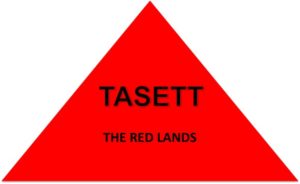
It should be clear that our ancestors thought about God, their ancestors, and the heavenly realm on a daily basis as indicated by this quilt, which also resembles the patchwork ceiling.
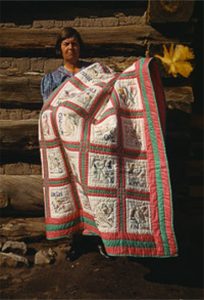
Now, another interesting fact that I have found about African First Baptist is that even their logo is a Kongo design. Of course, it is not known if the artist was aware of this or not (most likely not). Whatever the case, that is not the point.
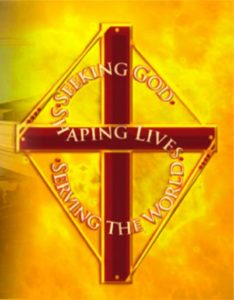
It should be noted that a familiar theme in Afro-Diaspora art is a cross with a serpent encircling to symbolize the flow of energy.
Basically, the point I am trying to make is to reiterate that it is a myth that African Americans lost their culture. African culture and its roots can be traced all the way back to Kemet (Ancient Egypt). When the first Africans were brought to the shores of North America, they came from the Kongo-Angolan region and they were so familiar with the Christian faith, but their culture had a lot of Kemetic roots.
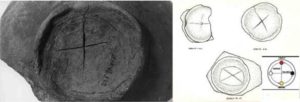
When the Kongo-Angolan people arrived in North America, they already had a working syncretism between their beliefs and Christianity, which is the culture that survived today that we call the First Black Church. So, what African Americans lost due to slavery was not their culture but the philosophy and theology behind their culture.
Therefore, we do not need imitate, mimic, resurrect or reconstruct an exact replica of what our ancestors did because culture is not static, it is always evolving.
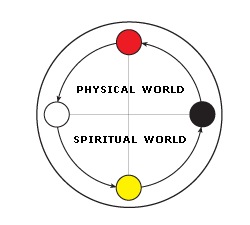
All we need to do is search for God and we will find our ancestors there waiting to point us in our cultural direction as indicated in the Kongo Cross above and the Maa Aankh Cross below.
